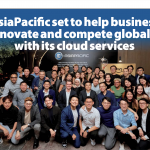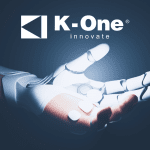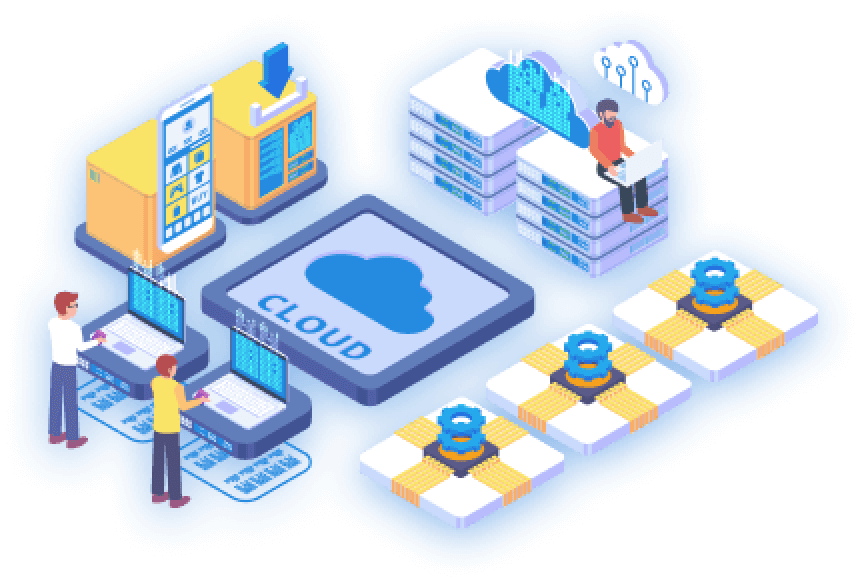AWS — abbreviation for Amazon Web Services, a dream company for employees coming from technical backgrounds. Why? With the rising tech industry known as cloud computing, AWS has a major share of 40% in the industry market, specifically in Infrastructure as a Service (IaaS) and Platform as a Service (PaaS).
AWS has corporate partners all over the globe. Different partner tiers such as standard, advanced and premier hold different benefits and requirements; and G-AsiaPacific is proud to be the one and only local AWS Advanced Consulting Partner in Malaysia.
From a business standpoint, we hosted an exclusive event for interested corporate businesses to gather and grasp the concept of cloud innovation. From decision makers to C-level executives, a total of 20 participants attended our event. One-by-one, participants filled the room promptly at 2pm at The Canvas, Damansara. The location was a tad hard to find but did I mention that this venue’s walls function as whiteboards?
Our event revolved around three major aspects: Technology, People and Process, the three pillars adopted when moving businesses from traditional IT to cloud.
We had a total of 3 main speakers that day. Sam, our Marketing Strategist, kicked off the event by introducing the timeline of G-AsiaPacific, with us starting our journey with AWS in 2013 and making our way in becoming an Advanced Consulting Partner today.
The stage was then passed to Mavis, AWS Inside Sales who focused on the AWS Technology. Mavis humbly gave a talk on the achievements that AWS has accomplished over the years, from providing cloud services in 2006 to being the most technology-advanced cloud provider until today.
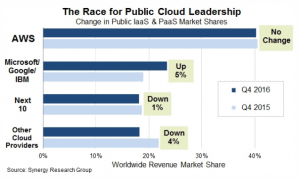
Image Credits: Channele2e
Elasticity, auto-scalability, security and others seem to be the usual characteristics of cloud providers. So what makes AWS different from the rest? I will provide one simple answer so you may receive a clearer picture on why AWS tops the cloud industry chart.
The auto-scalability feature which AWS provides does not need a prediction of how much server resources that your business/ website require. Our client, Padini, faced a similar issue previously and decided to change their business from vertical scaling to horizontal scaling. During last year’s promotion period, their servers were so congested that it stops any new traffic/ users from entering their website; that, or users have a slow website loading experience. What typically happens next? Potential customers leave, reputation drops, revenue lost.

Fun fact: Padini’s revenue was bottlenecked at over half a million in one day when they were using vertical scaling. Now, imagine their total revenue per day without any bottlenecks by using horizontal scaling. Mind-blowing enough?
AWS provides auto-scaling servers that will allow your website to cope with any amount of traffic at any time, minimising your loss of potential customers while increasing your return on investment. Instead of worrying on the typical server issues such as over-heating, cooling and maintenance, use precious time to figure out how to expand your business — leaving the technical work to AWS and G-AsiaPacific.
Besides that, another shocking fact that Mavis announced? The dropout rate of users from AWS IaaS is 0%! Once clients move their websites to AWS, they are truly satisfied with the services and technology provided. The audience were amused when they heard this figure, thus a number of them signed up for our accelerate program — we provide free AWS credits if they signed up on the spot.
Our next session was by Toh, our country manager, who took center stage and talked about the people, perception and skillset required to move their infrastructures towards cloud. From a management standpoint, your team is only as strong as the weakest link. Send your IT staff for training, especially in AWS’s professional cloud certifications.
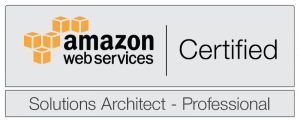
Business owners tend to have wrong perceptions regarding cloud. For instance, security of your website does not only depend on the cloud service provider. It simply is a shared responsibility between cloud providers and website owners to maintain security of a particular website. With the recent cyberattack, WannaCry has targeted end user’s vulnerabilities such as open ports, securing themselves with ‘password123’ as their password. Cloud service providers such as AWS will not be able to enforce any security if end users open their ports, metaphorically requesting cyberattacks to enter their servers.
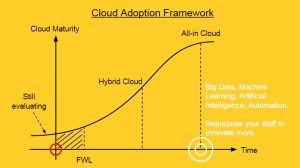
The image above shows the cloud journey. Most business owners deciding to move to cloud, would be at their first workload. However, some may still be evaluating compiling proof of concept and total cost ownership analysis. G-AsiaPacific is a team of professionals which are proficient in both of these areas. Nevertheless, when a business has totally moved into cloud, they will have access to unique features such as Big Data, Machine Learning, Artificial Intelligence and Automations. This is where businesses are able to evolve and move forward on a larger scale, repurpose their staff to innovate more while doing less manual work, followed by having more time to explore new ideas and technology.
The event was continued by Toby from our sales team. He presented three case studies regarding BFM, Padini and KTC. He talked about what were their objectives in moving to cloud, their bottlenecks and challenges. Then how G-AsiaPacific solved their bottlenecks and the final outcome of the cloud project. Cloud architecture diagrams were drawn on the board and it sparked many IT-related interest. To view KTC’s case study, click here.
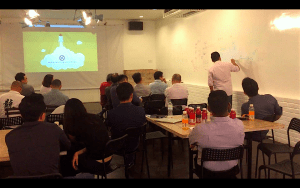
All and all, with submersion of the fast paced and ever changing IT world, we as the norms should keep ourselves up-to-date with today’s technology. Using an updated service may not only ease your job, it might provide a huge return on investment!
Would like to join our next IT event? Drop us an email at marketing@g-asiapac.com!


